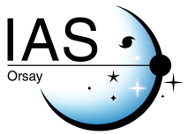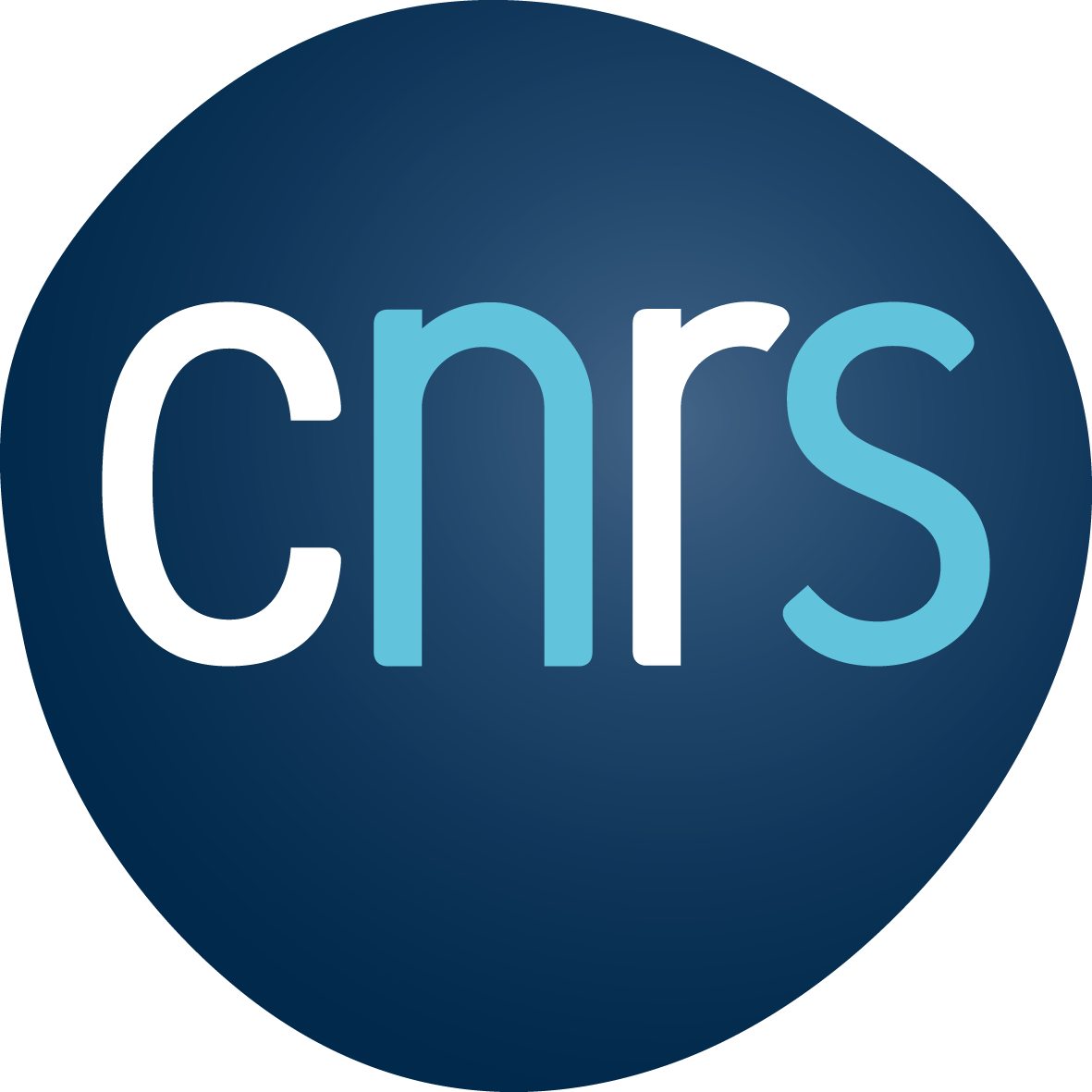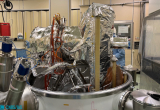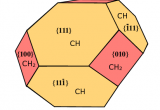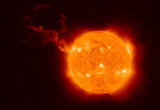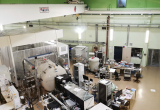Solar Orbiter’s latest images shows the full Sun in unprecedented detail. They were taken on 7 March, at a distance of roughly 75 million kilometres, half way between the Earth and Sun. One of the images, taken by the Extreme Ultraviolet Imager (EUI) is the highest resolution image of the Sun’s full disc and outer atmosphere, the corona, ever taken. Another image, taken by the Spectral Imaging of the Coronal Environment (SPICE) instrument, represents the first full Sun image of its kind in 50 years, and by far the best one, taken at the Lyman-beta wavelength of ultraviolet light that is emitted by hydrogen gas.
Latest News
3 years 3 months ago
3 years 3 months ago
The PLATO project at IAS has reached a new stage in the development of the flight camera calibration structure. Indeed, after an intense phase of studies, development, and tuning of the integration and validation activities, the validation tests of the cryogenic and vacuum elements around and inside the Saturn tank are starting this week. All the infrastructures and the control/command for this cryogenic test have been realized under the responsibility of the calibration station team.
3 years 4 months ago
Nano-diamonds remain an enigmatic component of cosmic dust. A significant fraction of the pre-solar nano-diamonds extracted from primitive meteorites were associated with distant exploding stars (supernovae). While they have been found in many Solar System bodies, they have been detected in only two proto-planetery disks and one evolved star, and they have never been observed in the interstellar medium. Newly-derived nano-diamond optical constants generated with the THEMIS dust model developed at IAS explain why it is hard to observe nano-diamonds in space.
3 years 4 months ago
On February 16, the EUI/FSI telescope on Solar Orbiter has observed an impressively large prominence eruption, and traced it up to 6 solar radii, as it was as large as the Sun itself. This type of event can have consequences on technological applications (loss of satellites, degradation of the GPS signal, etc.)
3 years 4 months ago
The PARADISE Scientific Interest Group (Platforms for Applied Research and Development Activities in Ground and on board Instrumentation) will join the very closed club of National Research Infrastructures in spring 2022 during the roadmap update process initiated in early 2021. IAS is a founding member of the GIS and has been leading it since its creation in 2017.
